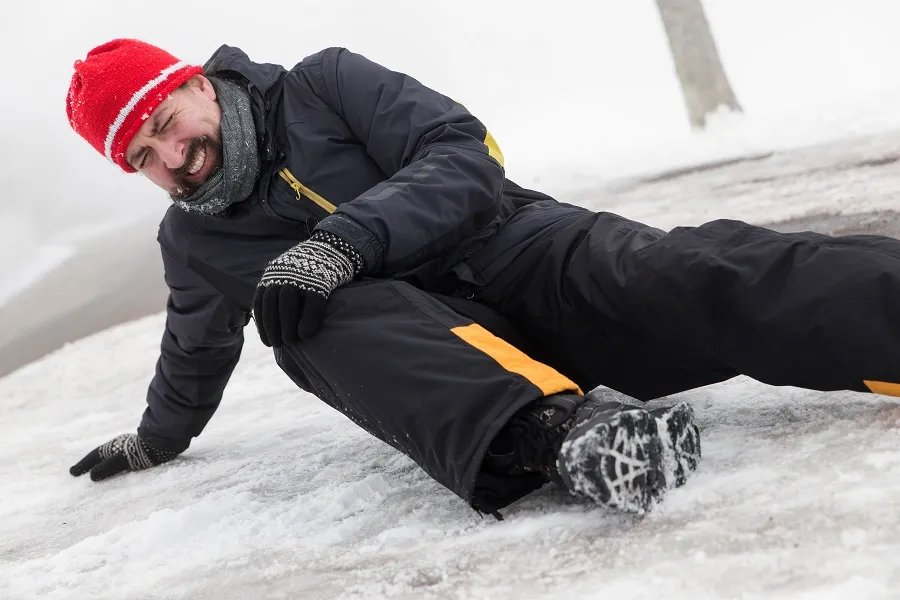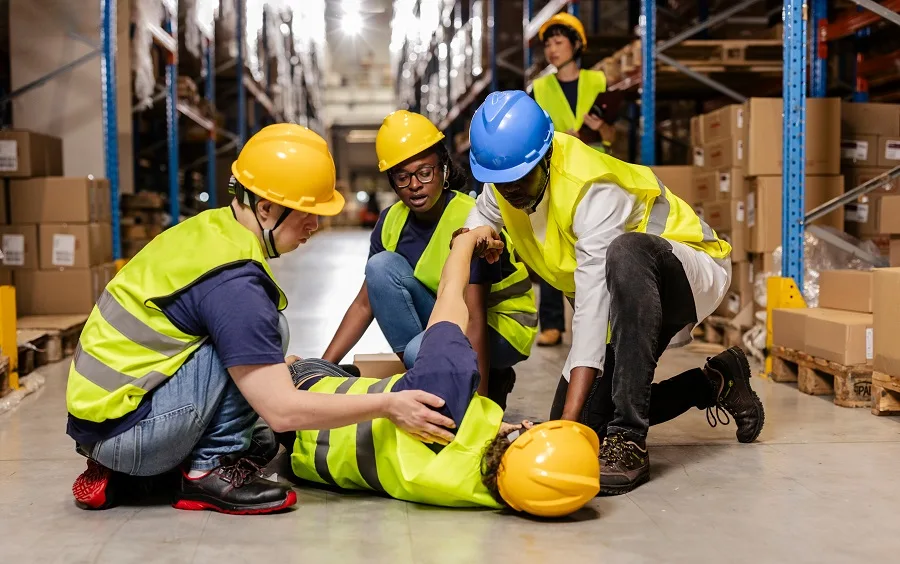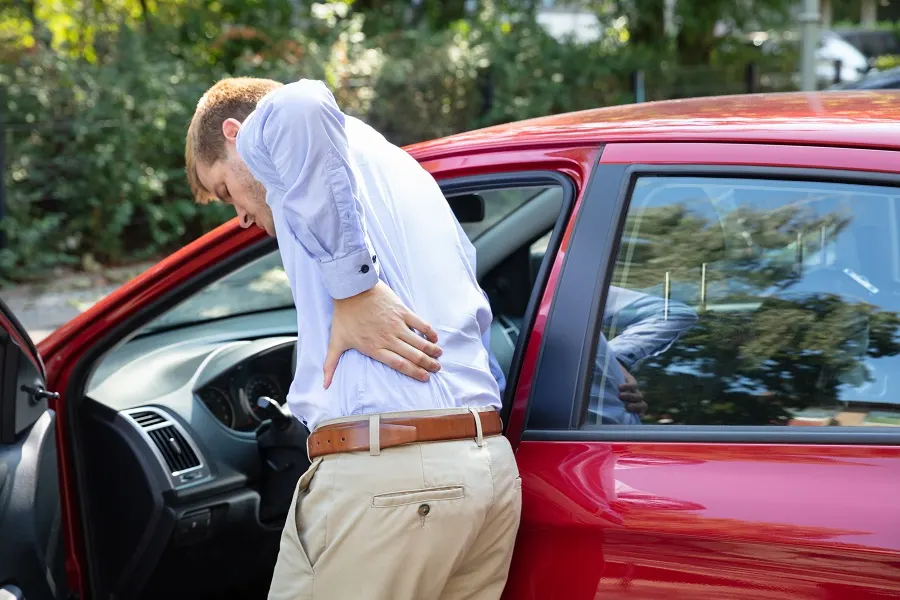Rob Fellows is a renowned personal injury attorney with over 40 years of experience. As managing partner at Fellows Hymowitz Rice, he is known for his meticulous preparation and aggressive advocacy in the courtroom.
Construction sites across New York State remain among the most dangerous workplaces in America. The vast majority of these fatalities and serious injuries stem from preventable violations of federal Occupational Safety and Health Administration (OSHA) standards. As a federal agency responsible for ensuring safe working conditions, it establishes minimum standards that, when violated, expose workers to serious physical harm and create substantial legal liability for employers, contractors, and property owners throughout New York State.
At Fellows Hymowitz Rice, our New City workplace accident lawyers have extensive experience representing construction workers injured due to OSHA violations. If you've been injured on a construction site due to unsafe conditions, understanding these common violations and their legal consequences is essential for protecting your rights.
The Most Frequently Cited OSHA Standards in NY Construction Accidents
The federal OSHA regulations have jurisdiction over private-sector construction throughout New York State, making compliance with OSHA standards mandatory for virtually all projects. Analysis of OSHA citation data from FY 2024 reveals a consistent pattern of violations of the most frequently cited standards, which account for the overwhelming majority of construction injuries, fatalities, and resulting lawsuits.
These violations aren't random occurrences. Research shows that 74% of New York construction fatality sites had coinciding OSHA violations, demonstrating that workplace deaths are preventable failures of regulatory compliance. The pattern of violation failure, in which employers repeatedly ignore known hazards, is critical to both workplace safety and legal accountability.
1. Inadequate Fall Protection (29 C.F.R. § 1926.501)
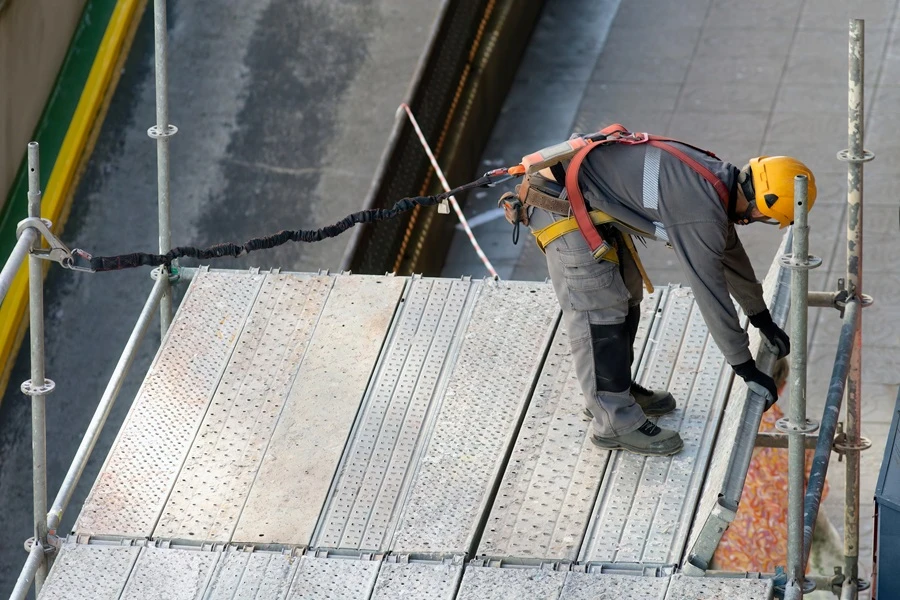
Fall protection violations are the most-cited OSHA standard nationwide across all construction activity, with 6,307 violations recorded in FY 2024. In New York specifically, falls from height constitute the leading cause of construction-site fatalities, accounting for 65% of major incidents.
The Fall Protection Rule
OSHA's fall protection standard mandates that employers provide protection for employees working at heights of six feet or more in construction, including guardrail systems, safety net systems, or personal fall arrest systems with adequate anchorage points capable of supporting 5,000 pounds per employee.
Common Violations
Employers frequently fail to provide any fall protection system whatsoever, particularly on residential construction and smaller commercial projects. Other violations include providing inadequate personal fall arrest systems without proper anchorage, failing to inspect harnesses and lanyards for damage, and removing temporary guardrails without implementing alternative protection.
Legal Consequences in New York
New York's unique Scaffold Law (Labor Law §240) imposes absolute liability on contractors and property owners for gravity-related injuries when adequate safety measures aren't provided, regardless of the worker's fault. Combined with OSHA penalties up to $165,514 per willful violation and criminal fines up to $500,000 under Carlos' Law, fall protection failures create catastrophic financial and legal exposure.
2. Unsafe Scaffolding (29 C.F.R. § 1926.451)

Scaffolding violations consistently rank among the top five OSHA citations in New York construction, reflecting the prevalence of scaffolding use in the state's dense urban environment and the serious consequences when these temporary structures fail.
The Standard's Requirements
OSHA's scaffolding standard requires scaffolds to support their own weight plus four times the maximum intended load, to have fully planked platforms, guardrails on all open sides above 10 feet, proper access via ladders or stairways, and to be erected under the supervision of a competent person.
Common Violations
Construction sites frequently feature scaffolds with missing guardrails, incomplete planking that creates fall hazards, inadequate toeboards that allow tools and materials to fall on workers below, unstable bases on uneven ground, failure to inspect scaffolding daily, and a lack of proper access, requiring workers to climb unsafely.
New York's Heightened Liability
The Scaffold Law's absolute liability standard specifically addresses scaffolding failures, eliminating any defense based on worker negligence. This results in insurance premiums 300 percent higher than in other states and adds approximately 10 percent to overall construction costs, making scaffolding violations among the most expensive compliance failures in New York construction.
3. Improper Ladder Use (29 C.F.R. § 1926.1053)
Ladder violations ranked third nationally with 2,573 violations in FY 2024. In New York City specifically, ladder-related incidents increased 14% in 2023, making this an escalating hazard despite its preventability.
The Standard's Requirements
OSHA mandates that ladders must extend at least three feet above the upper landing surface, be secured to prevent displacement, have uniformly spaced rungs, support at least four times the maximum intended load, and be inspected before each use, with defective ladders immediately removed from service.
Common Violations
Workers frequently use damaged ladders with broken or missing rungs, position ladders on unstable surfaces without securing them, fail to maintain three-point contact while climbing, overreach laterally, causing the ladder to tip, or stand on top rungs when the ladder is too short.
Intersection with New York Liability
Though often viewed as a "minor" violation, improper ladder use falls directly under the Scaffold Law's absolute liability provision. Courts have consistently held that ladders are explicitly covered elevation devices, meaning contractors cannot avoid liability by claiming the worker misused the ladder, transforming a simple citation into potential multimillion-dollar exposure.

4. Inadequate Fall-Protection Training (29 C.F.R. § 1926.503)
Fall protection training violations serve as the administrative counterpart to the physical fall protection standard (1926.501) and are frequently cited together when workers are injured or killed in falls.
The Standard's Requirements
Employers must establish a training program ensuring each employee recognizes fall hazards, understands procedures for erecting and maintaining fall protection systems, knows the correct use of personal fall arrest systems, and receives retraining when workplace changes render previous training obsolete.
Common Violations
Many construction sites provide no fall protection training whatsoever, particularly for day laborers and temporary workers. When training exists, it's often generic rather than site-specific, fails to address actual hazards present, isn't documented with employee signatures and dates, or isn't provided in the worker's native language despite language barriers.
Disparate Impact on Vulnerable Workers
The failure to provide adequate training disproportionately affects immigrant and non-union workers. Limited literacy, language barriers, and fear of employer retaliation significantly diminish training effectiveness, making culturally competent, language-appropriate training programs essential rather than optional.
5. Missing Eye & Face Protection (29 C.F.R. § 1926.102)
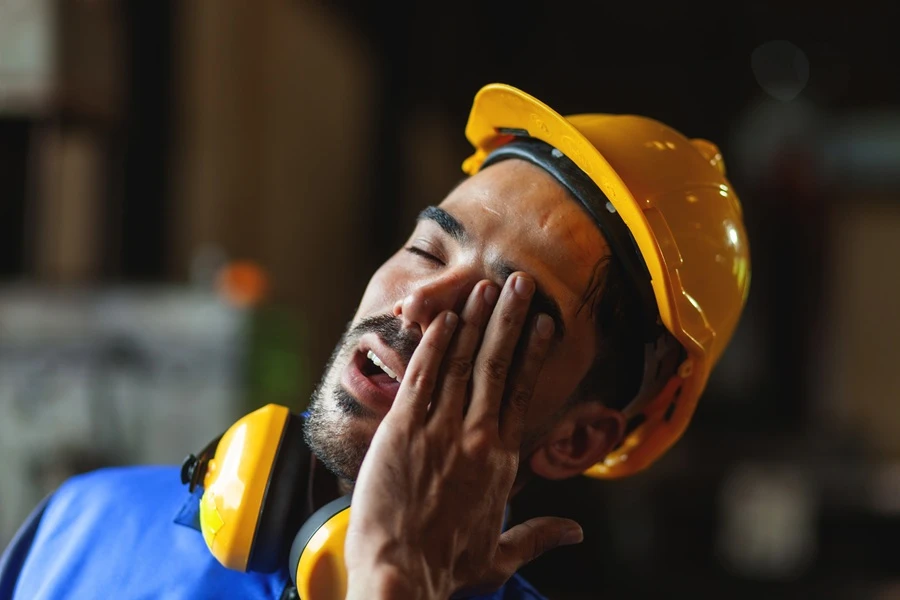
While not among the "Fatal Four", eye and face protection violations remain extremely common and can result in permanent disability, creating substantial liability under both workers' compensation and third-party lawsuit frameworks.
The Standard's Requirements
OSHA requires employers to ensure employees use appropriate eye or face protection when exposed to flying particles, molten metal splashes, chemical splashes, potentially injurious light radiation, and welding operations.
Common Violations
Construction sites frequently fail to provide any protective eyewear, provide inadequate protection for the specific hazard (such as regular safety glasses instead of face shields for grinding), fail to ensure employees actually wear provided equipment, or allow workers to use personal glasses without side shields in hazardous areas.
Long-Term Consequences
Eye injuries can result in permanent vision loss, creating catastrophic damage in personal injury lawsuits. Unlike falls, which may involve the Scaffold Law's absolute liability, eye protection cases typically proceed under standard negligence theories. However, a clear OSHA violation provides powerful evidence of a breach of duty, making these cases highly favorable for injured workers.
Steps to Report Construction Safety Violations in New York
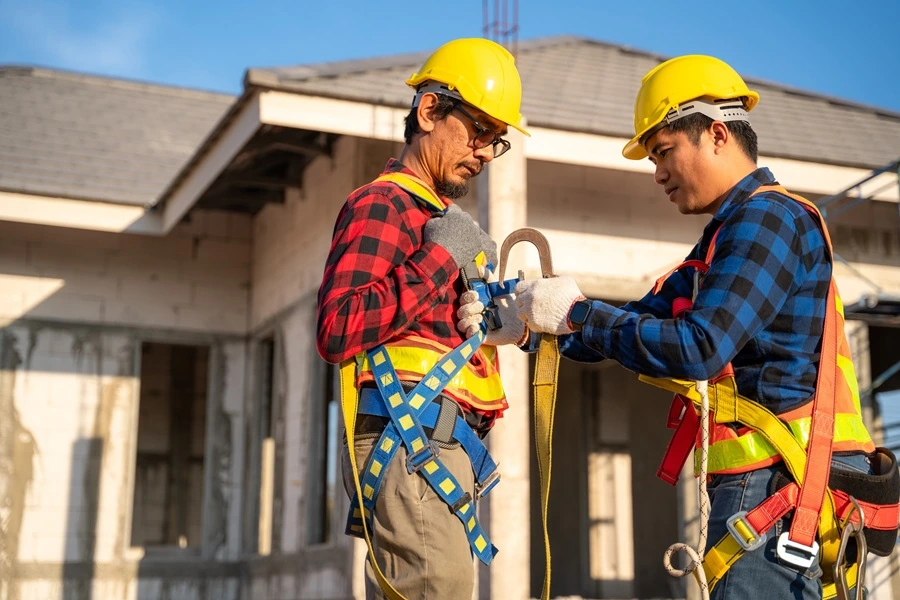
If you've been injured on a construction site due to unsafe conditions or OSHA violations, understanding your legal rights is essential for securing full compensation and holding negligent parties accountable.
File an OSHA Complaint
The most direct method is filing a complaint with OSHA through their online complaint form or by calling 1-800-321-OSHA (6742). You can file anonymously if you fear retaliation. OSHA prioritizes complaints involving imminent danger, requiring inspectors to respond within 24 hours for life-threatening conditions.
Report to the NYC Department of Buildings
For construction sites in New York City, you can file complaints directly with the NYC Department of Buildings by calling 311 or using the DOB NOW: Safety portal. The DOB has the authority to issue stop-work orders for serious violations, immediately halting dangerous operations.
Document the Hazardous Conditions
Before reporting, safely document violations through photographs, videos, and written descriptions, noting dates, times, and specific locations. This documentation strengthens your complaint and provides evidence if OSHA or DOB inspectors arrive after conditions have changed. Never put yourself at risk to gather evidence.
Notify Your Union Representative
If you're a union member, inform your union safety representative or business agent about the violations. Unions often have direct relationships with OSHA and can expedite investigations while providing additional protection against employer retaliation.
Contact an Attorney
Consult with an experienced construction accident attorney who can advise you on your rights, help document violations properly, and protect you from retaliation. An attorney can also preserve your legal options if you're injured due to the reported violations, ensuring you don't inadvertently compromise a future personal injury claim.

See How We've Helped Others: Real Case Results
At Fellows Hymowitz Rice, we’ve secured millions in settlements for workers injured on the job, including cases involving OSHA violations and Labor Law claims. Here’s a recent example of our success:
$750,000 Settlement in Rockland County Scaffold Fall
A construction worker sustained serious injuries from a scaffold fall, requiring spinal surgery. The case was filed in the United States District Court in White Plains and resulted in a $750,000 settlement after mediation.
View All Our Workplace Injury Case Results
Your Case Can Be Our Next Success Story
New York law imposes strict deadlines for construction injury claims. Whether your injury stems from one of the most frequently cited standards, like a failure involving respiratory protection, hazard communication, or powered industrial trucks, you deserve full compensation.
Don't let OSHA violations and construction site negligence go unaddressed. At Fellows Hymowitz Rice, we’re dedicated to protecting injured construction workers across New York and ensuring they receive the justice and compensation they deserve. Contact us today for your free case evaluation.

A Clear OSHA Violation Is Powerful Evidence
Call us immediately to document the unsafe conditions, protect your rights from employer retaliation, and start building your case for full financial recovery.



